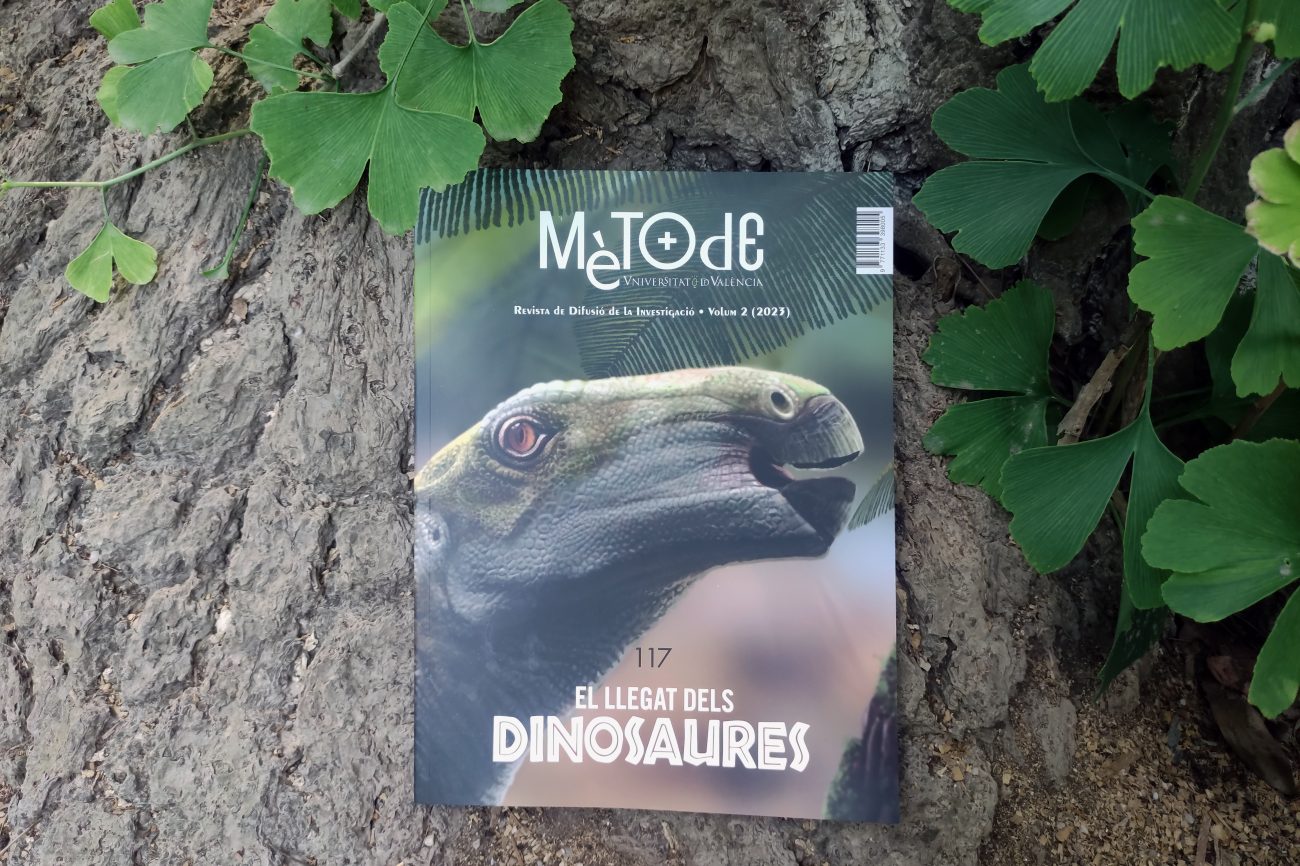«The legacy of the dinosaurs» in the latest Metode monograph
Issue 117 of the journal focuses on palaeontological research into these extinct animals.

«Popular appreciation of dinosaurs dates almost as far back as their scientific discovery in the mid-19th century», explains palaeontologist Luis Alcalá in the introduction to the new Metode monograph. Luis Alcalá coordinates this new issue of the scientific journal of the University of Valencia, which analyses the diversity of dinosaur species, the application of new technologies in palaeontology, and the use of these animals for the dissemination of scientific knowledge and the development of certain rural areas. The monograph has the participation of Andrés Santos-Cubedo, Jorge Orlando Calvo, Daniel Vidal, and Alberto Cobos Periáñez.
The fascination that dinosaurs provoke in young people «makes them a compelling gateway to the scientific method», affirms Dr Alcalá, current director of the Science Park Consortium in Granada (Spain) and former director of Fundación Dinópolis between 2002 and 2021. The monograph takes us on a journey from the Maestrat basin, where we find dinosaurs such as Portellsaurus sosbaynati or Moredallon beltrani, which inhabited the areas we know today, such as Portell or Morella, to the giant sauropods of Argentina, where spectacular specimens have been discovered – such as Notocolossus gonzalezparejasi or Puertasaurus reuili – that would have weighed between 70 and 80 tonnes. The monograph is complemented by illustrations by the Valencian palaeoillustrator Óscar Sanisidro.
From the value of water to the beauty of nudibranchs
The new issue of Metode also devotes a dossier, coordinated by Carles Sanchis Ibor, to exploring water management, conservation, and sustainable use in a context of climate change and overexploitation. We also remember the Palomares accident and interview Frederick Leung, a specialist in mathematics education. In addition, Joandoménec Ros offers us a suggestive document in which he explores the beauty of some extraordinary molluscs that he knows very well: the nudibranchs and the sacoglossans.
All in all, a new issue of Metode, accompanied, as usual, by the regular contributions and recommendations of scientific reading to respond to the challenges facing our society. Challenges that, as the director of Metode, Martí Domínguez, reminds us in this issue’s editorial, «we must not lose sight of these issues if we want to have at least as much time as the dinosaurs had on Earth».





